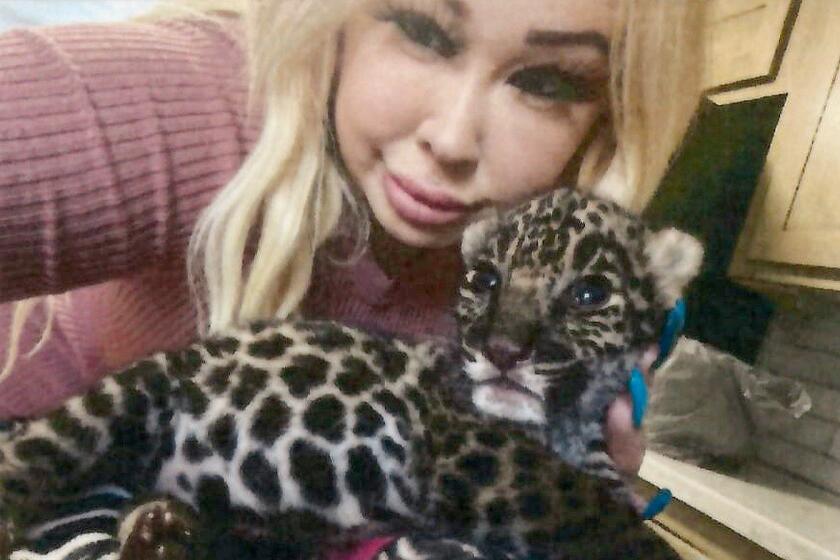A Video to Bolster Belief in Our Teens
The nature of our business is that bad news finds us. Or is it vice versa? Whatever, you’ve noticed we never seem to run out of tales from the dark side of human experience.
We don’t savor these tales any more than you do, especially when they involve young people. But we cover them, and local readers know plenty about an ongoing rape trial involving three teenage defendants and their alleged victim. Testimony so far -- and the showing to the jury of an explicit videotape portraying the sexual contact -- isn’t exactly encouraging about the state of teen morality. Add other stories floating through various media about teen suicide and assorted other alleged teen crimes -- such as hacking into computers to change grades -- and you can’t help but sink into a funk about today’s teen scene.
I know that isn’t the norm, but I needed some bolstering.
Lo and behold and irony of ironies, I found it in another videocassette, one that has been sitting in the corner of my desk for months, amid a clutter of papers, unwatched for all this time.
There had been no good reason for letting it lie there.
I knew it was a video of a Chapman University freshman from the fall of 2003, and that his professor, Richard Doetkott, had sent it to me as a testimonial. It was a class requirement, and Doetkott noted in his accompanying letter: “In going over the persuasive speeches from last semester, one stood out as a real confidence-builder for me for the future of our country.”
I popped in the video Saturday. Seven minutes long, it featured Tucker Tillman, then an 18-year-old freshman from Portland, Ore. He walked to the front of the class, hip as could be in jeans, sport coat, loose tie, wool cap and earrings. Then he started talking.
“I don’t know if you guys know this,” he said to the 150 students in the room, “but there are more than 2 million homeless kids turning into adults and trying to cope with life in our American city streets.”
Tillman told how his family’s kitchen in Portland was festooned with a banner of Mother Teresa’s words “Give the world the best you have and it may never be enough, but give the best you have, anyway.”
Tillman said he often thought of that while volunteering at a youth homeless shelter in his hometown. “The reason I’m telling you all this today is because I want to encourage you to open your eyes to this issue, because this is our generation I’m talking about. This is us, starving and cold and trying to live in America.”
He challenged them to rise above making excuses for not doing more for society. “I’m only human -- I hate the way that phrase is used today,” Tillman said. “It’s so negative. Because as humans, we have virtues that set us apart from other animals -- hospitality and compassion and forgiveness, the ability to love something unconditionally, to love someone unconditionally. That’s what makes us human, and that’s powerful.”
Encouraging them to tap those virtues and to volunteer at a private charity, he told his fellow students that they could transform the lives of the less fortunate. Focusing on the youth homeless problem, he asked students to donate either time or money.
“But most of all,” he concluded, “I want to encourage you to take advantage of what makes us human ... because that’s the only way these kids are going to survive.”
In his letter to me, Doetkott had written that students in his class had lately become “increasingly other-centered rather than self-centered” and that the theme of helping others was a recurring one.
“Whatever you might decide to do with this,” Doetkott said in closing, “I know this speech will make your day, as it did mine.”
Professor, you got that right.
Dana Parsons’ column appears Wednesdays, Fridays and Sundays. He can be reached at (714) 966-7821 or at dana.parsons@latimes.com. An archive of his recent columns is at www.latimes.com/parsons.
More to Read
Sign up for Essential California
The most important California stories and recommendations in your inbox every morning.
You may occasionally receive promotional content from the Los Angeles Times.










